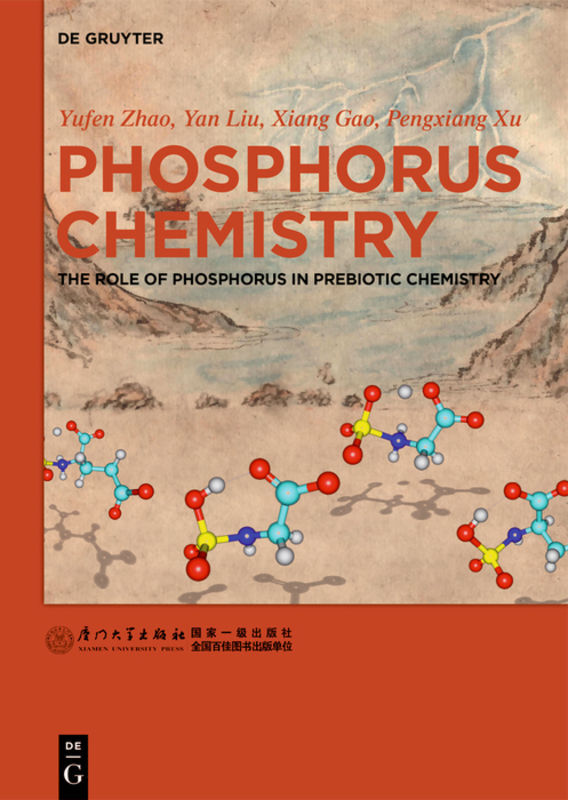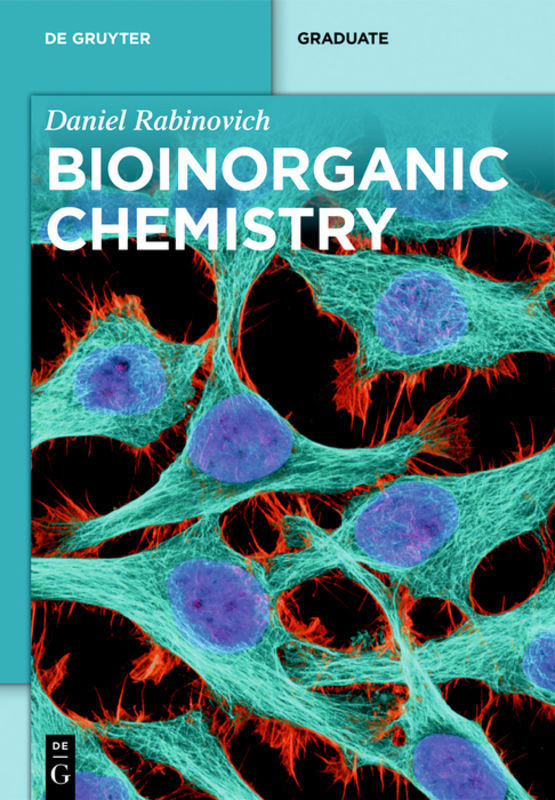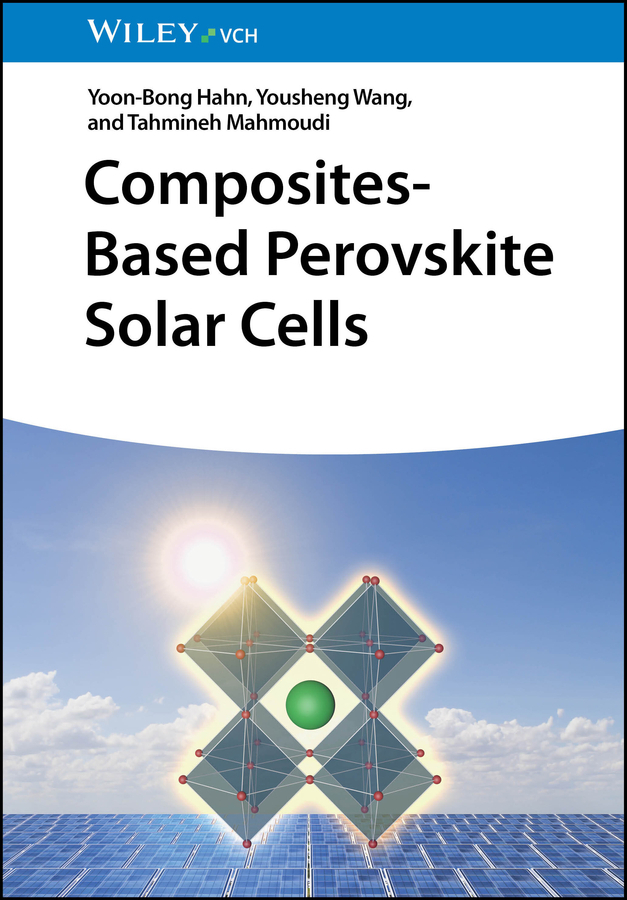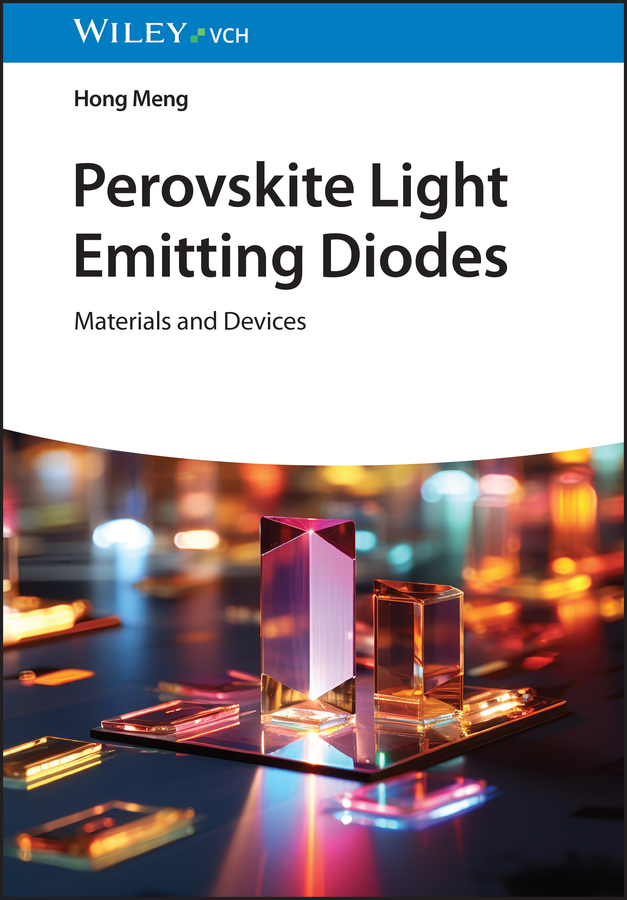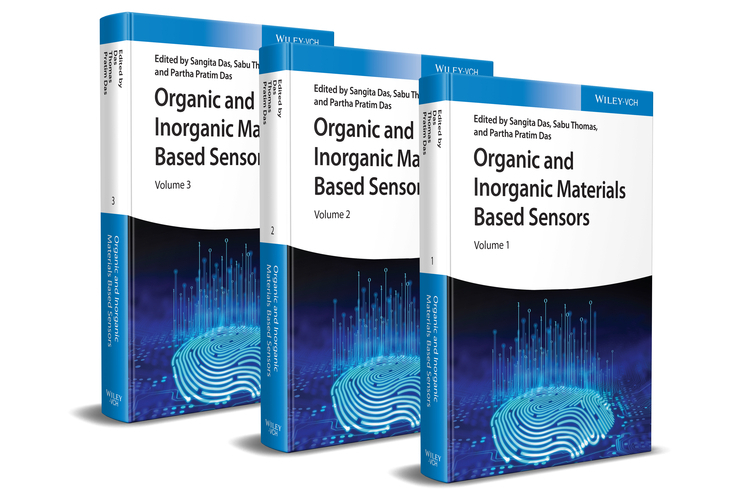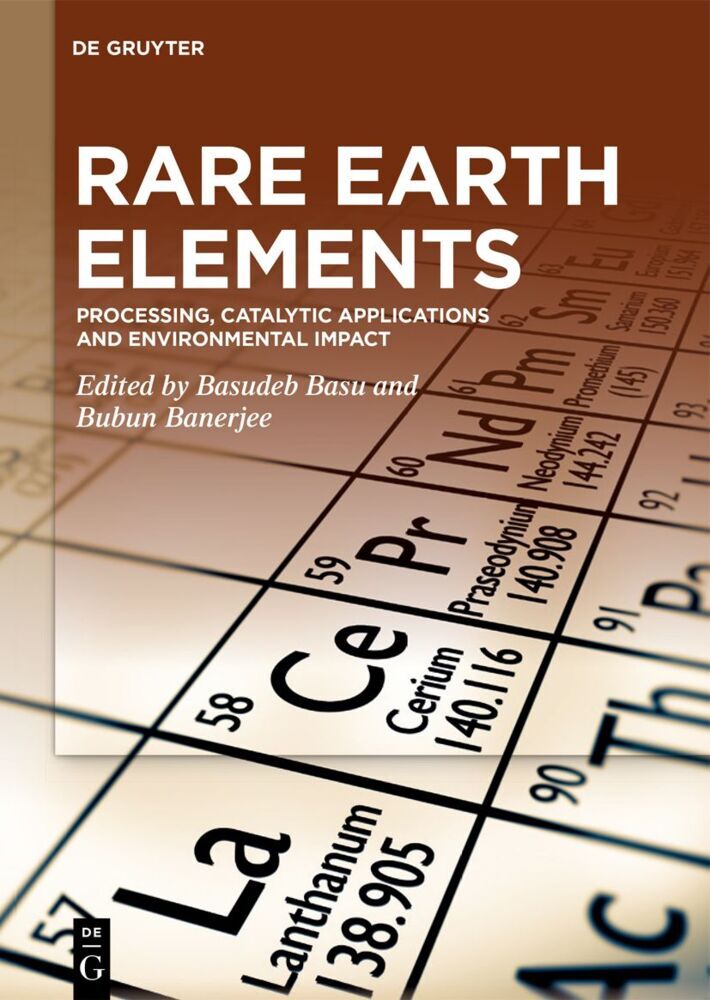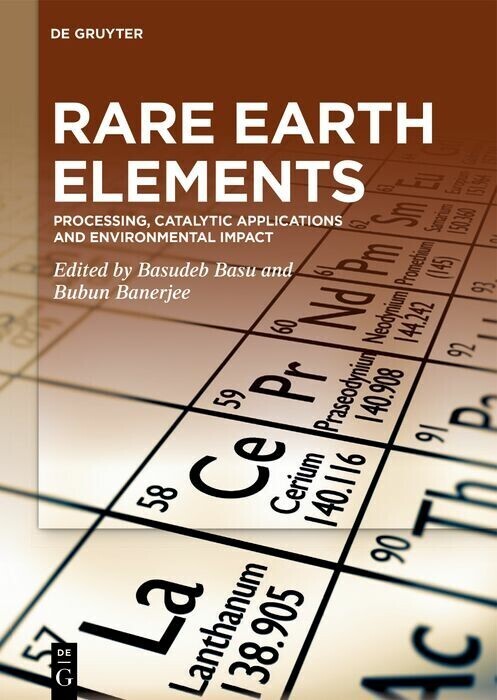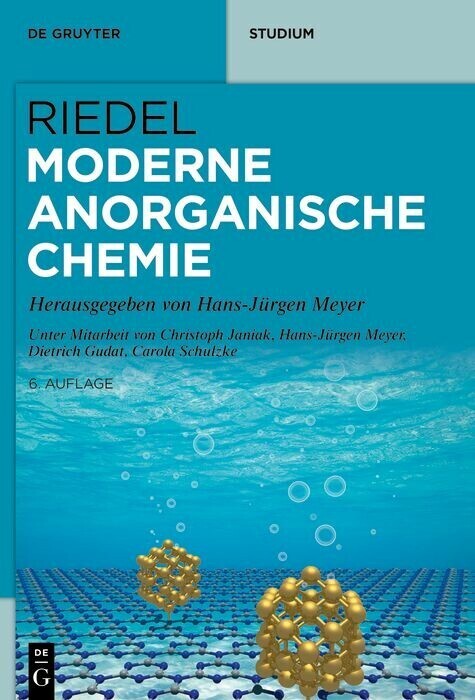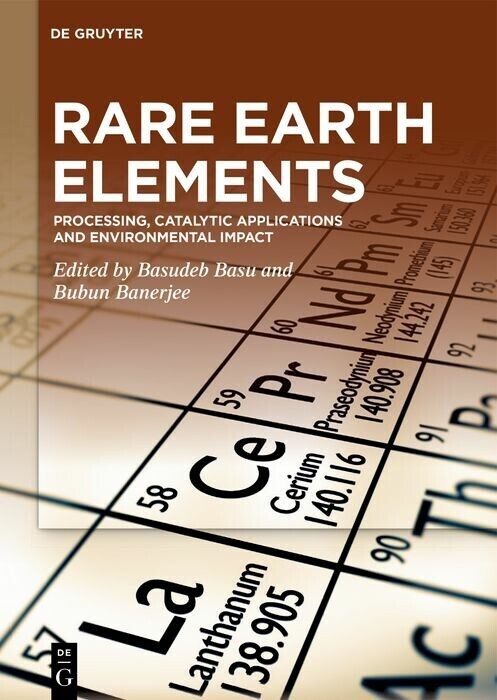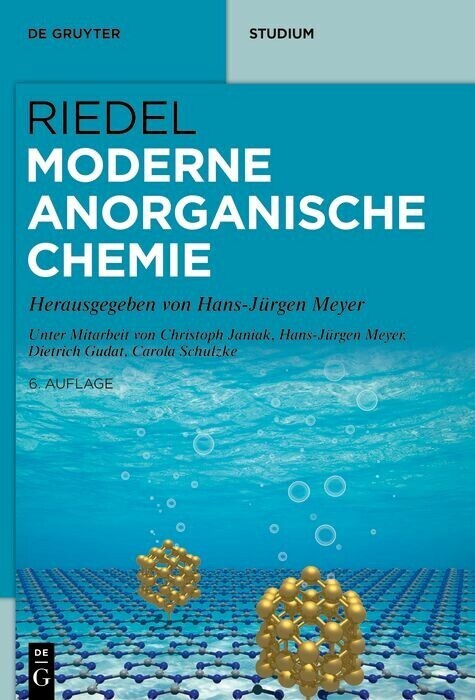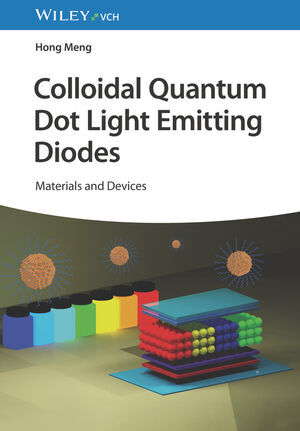Phosphorus Chemistry
Phosphorus Chemistry
The book is the first thorough study of the role of phosphorus chemistry in the origin of life. This book starts with depiction of the phosphorus role in life creation and evolution. Then it outlines in vital processes how different phosphorus-containing compounds participate as biomarker in life evolution. Written by renowned scientists, it is suitable for researchers and students in organic phosphorus chemistry and biochemistry.
Table of Contents
Chapter 1 Overview
1.1Prebiotic origin of phosphorus
1.2Phosphorus and biological small molecules
1.3Phosphorus and biological macromolecules
1.4The scientific questions on the origin of life
References
Chapter 2 Occurrence
2.1 Phosphate esters-the functional center of biological systems
2.2 The important roles of phosphate esters
2.3 The chemical stabilities of phosphate esters
2.4 Phosphoryl group transfer catalyzed by enzymes
2.5 Phosphorus can't be replaced by other elements
2.6 Natural evolution determined the key roles of phosphorus in life
References
Chapter 3 Phosphorus chose -amino acids
3.1 Amino acids and origin of life
3.2 The chemical diversities of amino acids and function
3.3 The prebiotic formation of amino acids
3.4 Peptide formation under prebiotic conditions
3.5 Phosphorus chemistry and prebiotic peptide formation
3.6 Phosphorus chemistry and molecular evolution of high energy P-N bonds
References
Chapter 4 N-Phosphoryl amino acids-a chemical model of P-N bond
4.1 N-Phosphoryl amino acids and chemical evolution of life
4.2 Prebiotic formation of N-phosphoryl amino acids
4.3 Chemical reactions of N-phosphoryl amino acids
4.4 N-Phosphoryl amino acids-small chemical model for biological P-N bonds
References
Chapter 5 Coevolution of nucleic acids and protein, and the origin of genetic code
5.1 The main stages of life origin
5.2 The origin of genetic codes
5.3 Chemical evolution of genetic codes
5.4 N-Phosphoryl amino acids: co-evolution model of nucleic acids and proteins
5.5 The interactions of amino acids and nucleotides in the process of peptide formation catalyzed by phosphorus reagents
References
Chapter 6 Phosphoryl group transfer reaction of pentacoordinate phosphorus amino acids
6.1 The advancement of phosphoryl group transfers
6.2 The mechanism of intramolecular phosphorus transfer
6.3 The mechanism of intermolecular phosphoryl group transfer between amino acids
References
Chapter 7 Pentacoordinatebisamino acids spirophosphoranes
7.1 The roles of amino acids pentacoordinate phosphorus compounds in biological systems
7.2 The synthetic methods of pentacoordinatebisamino acids spirophosphoranes
7.3 Characterization of chiral pentacoodinatebisamino acids spirophosphoranes
References
Chapter 8 The chemical mode for the origin of amino acid homochirality
8.1 Origin of chirality
8.2 The chemical model of amino acids homochirality
8.3 The interactions of nucleotides and amino acids
8.4 Molecular modeling of the binding mode
References
Chapter 9 N-Phosphoryl amino acids and the origin of cell membranes
9.1 The prebiotic origins of cell and its evolution
9.2 Membrane formations based on amphiphilic N-phosphoryl amino acids
9.3 The evolution of prebiotic membranes
9.4 N-Phosphorus amino acids and the origins of life
References
Chapter 10 Discovery of seryl-histidine dipeptide and its function
10.1 "Mini-protease" Ser-His peptide
10.2 DNA cleavage of by Ser-His
10.3 Proteins cleavage by Ser-His
10.4 The prototype for modern enzymes Ser-His peptide
References
Chapter 11 Interactions of ATP with amino acids
11.1 Small molecules-based origin and evolution of proteins
11.2 The chemical structures of ATP and interactions with amino acids
References
Chapter 12 Conclusion and Exploration
12.1 Origin of life
12.2 Life originated from ocean
12.3 Life Exploration by determination of stable isotopic oxygen in phosphate salts
References
Zhao, Yufen
Liu, Yan
Gao, Xiang
Xiamen University Press
| ISBN | 9783110562378 |
|---|---|
| Artikelnummer | 9783110562378 |
| Medientyp | Buch |
| Copyrightjahr | 2018 |
| Verlag | De Gruyter |
| Umfang | XVI, 166 Seiten |
| Abbildungen | 97 col. ill., 26 b/w tbl. |
| Sprache | Englisch |

